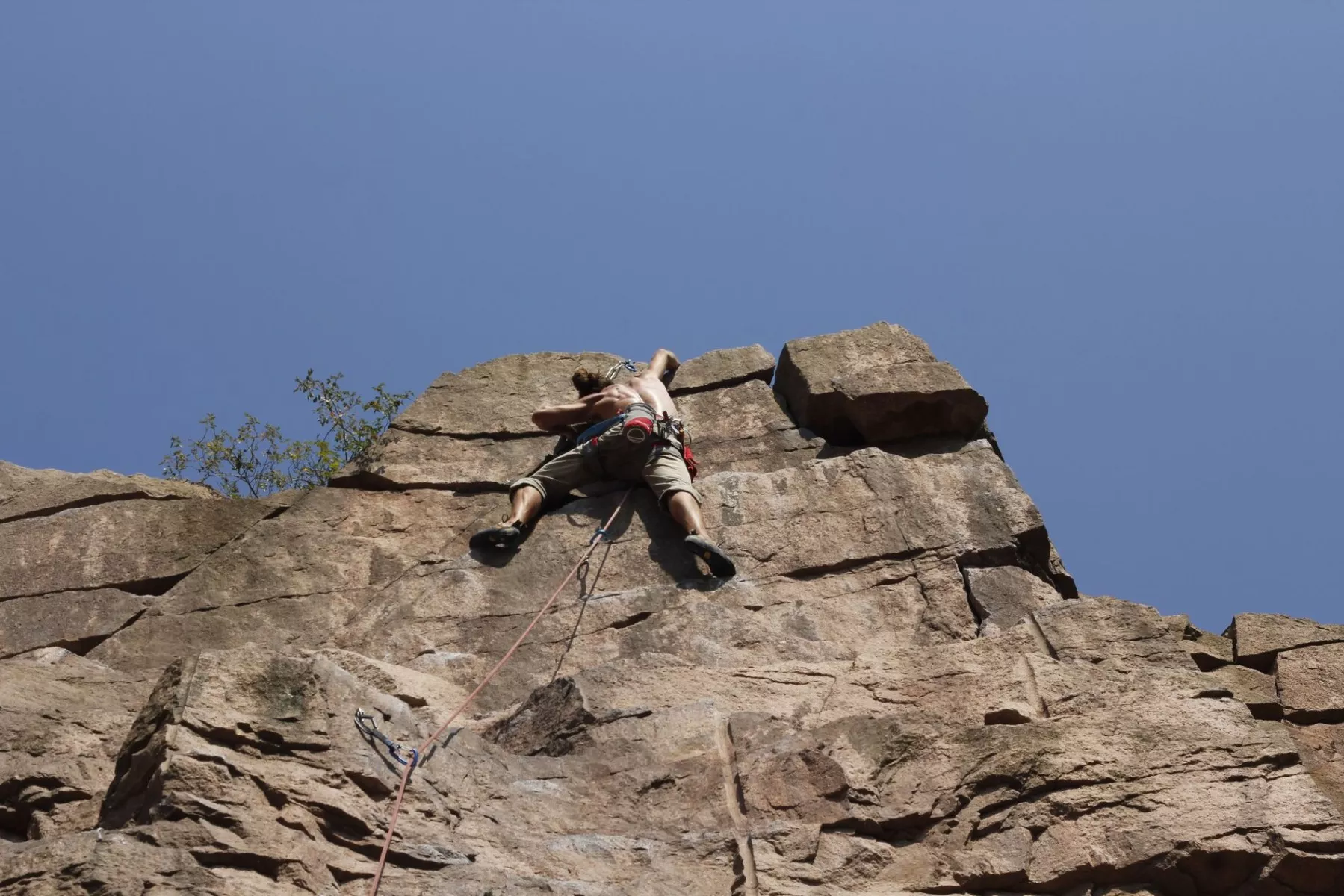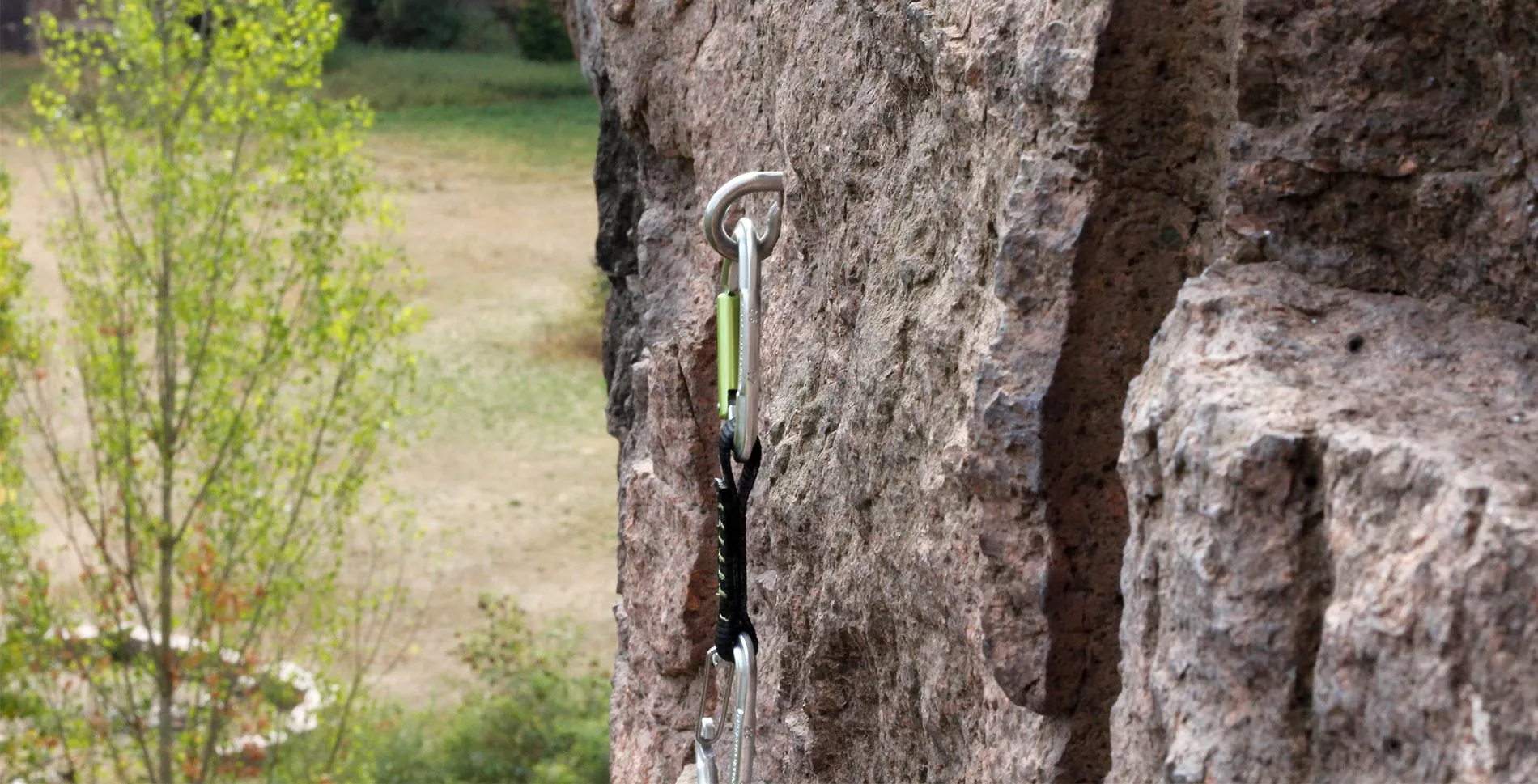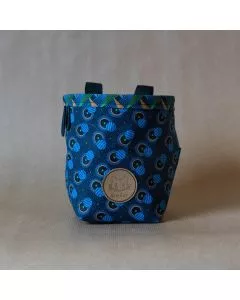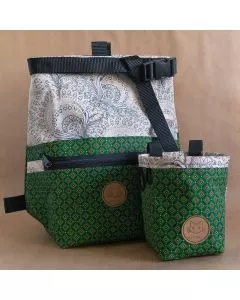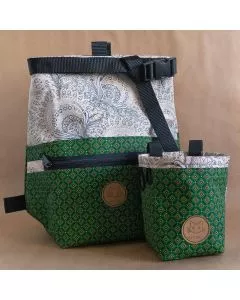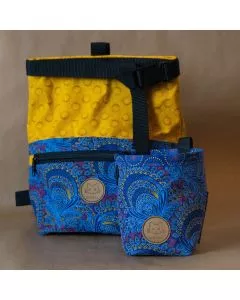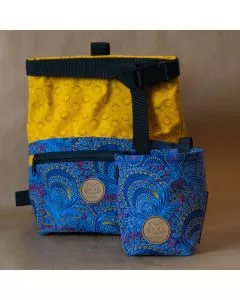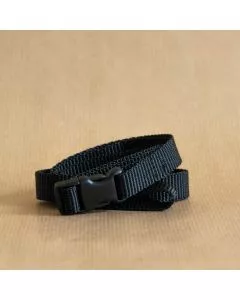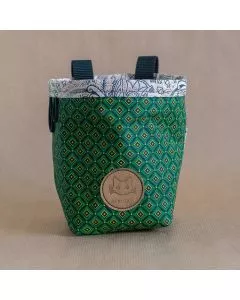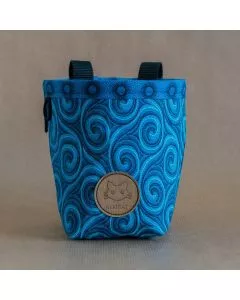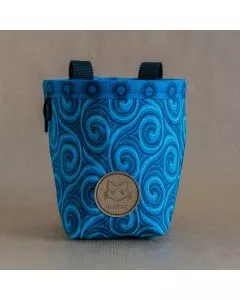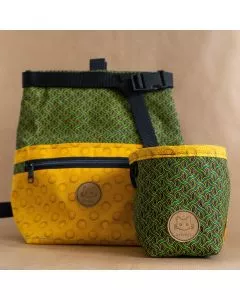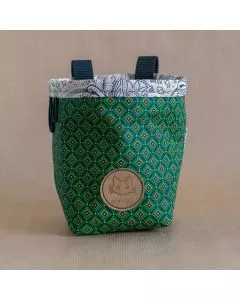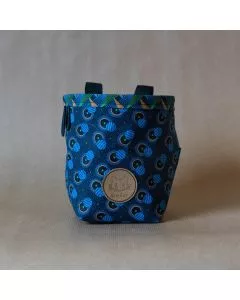Get 10% off and be the first
to discover new brands!
Climbing is an adventure sport, like many others, that is well rooted in nature. There are a few brands producing rock climbing equipment with eco-friendly materials, the properties of which must match that of rival, non-ecological products, marketed by less conscious brands. Further to achieving the same heights in performance, the objective for many brands is for their innovations to promote overall change in the adventure sports industry.
However, due to the strength and resistance required of many essential pieces of equipment, recycled materials are commonly considered as unsuitable. At The Fair Cottage, we believe that the simple act of trying something new can be far more effectual than reliance on preconceived ideas. Sometimes, you just have to rethink it, as the designers of the best products we could find have shown.
The Bluesign Certificate and What it Means
Many of the major climbing brands not generally associated with sustainability have the Bluesign certificate, which ensures the use of sustainable and eco-friendly materials that reduce environmental impact and emissions.
In order to retain this accolade, manufacturers must undergo regular and rigorous audits to prove their responsible usage of water, energy and chemicals. Most demonstrate their efforts in social and environmental sustainability too, safeguarding the rights of workers at every site and looking carefully at the supply chain. The certification is a good clue for determining how seriously a brand takes sustainability. Among the many well managed brands that have achieved the Bluesign certificate are Diamond, Petzl, North Face and Patagonia.
Edelrid and Bluesign Harness the Power of Collaboration
Bluesign also work closely with accredited organisations to improve material selection and process efficiency with the aim of creating durable products that consume less resources and need to be replaced less frequently.
It can be difficult to find resistant material and ecological reassurance in the same design, but through this kind of close collaboration between Edelrid and Bluesign the Huascaran harness range was born, known for being the first Bluesign certified harness. Petzl has also joined the club, with several models that feature under the Bluesign system. For climbing suitable clothing we find the usual brands, such as those previously mentioned, that offer a wide variety of responsible products.
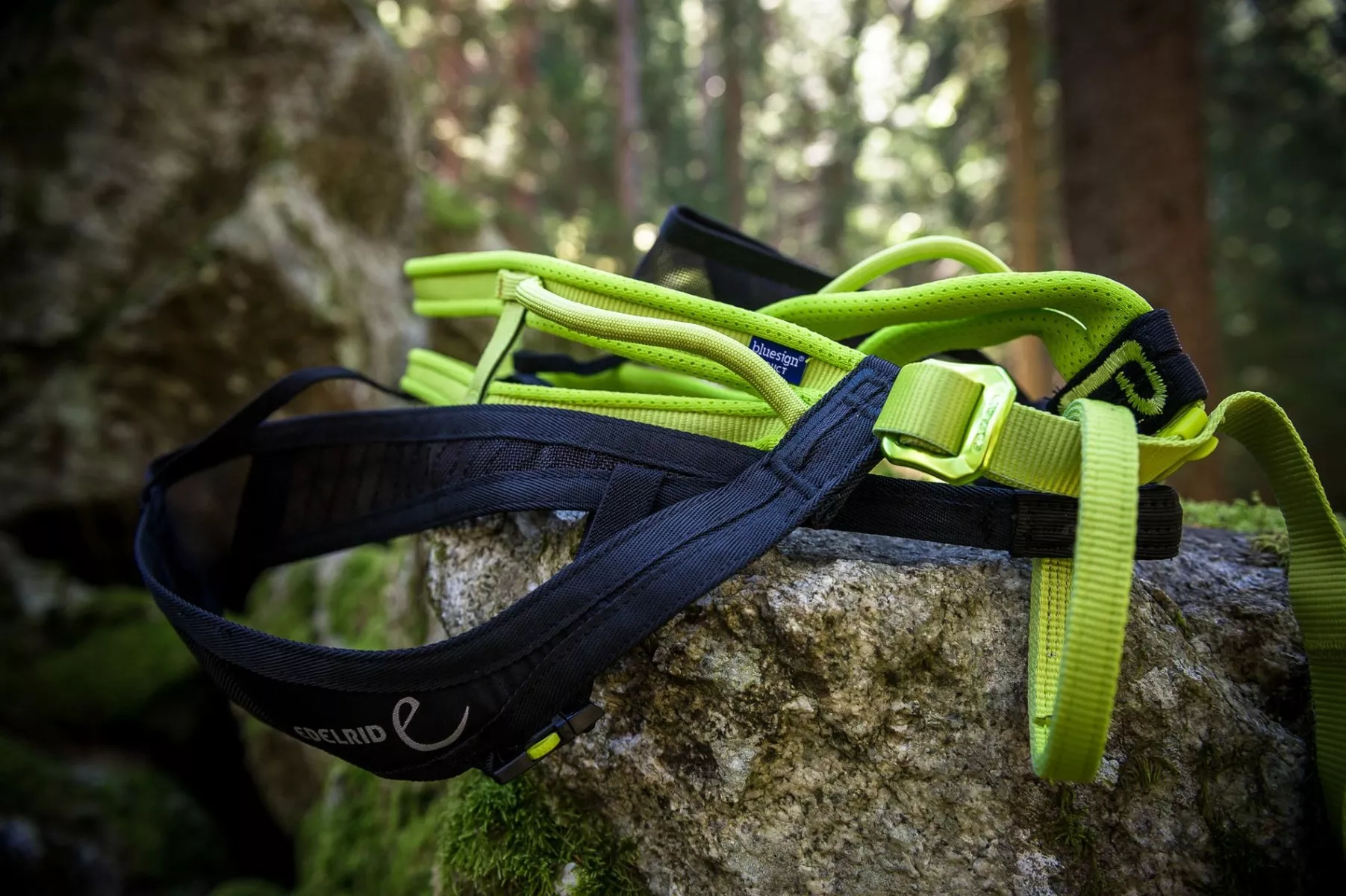
If ropeless climbing is more your style, and you're looking for safe places to try out outdoor free soloing, stay with us for our article on Making the Leap to Outdoor Climbing, coming soon.
Recycled Rock Climbing Rope that Reduces Waste
Product life cycle planning also plays an important role in sustainability and some brands have already made the leap forward by adopting this eco-design mindset. EDELRID’s Parrot rope uses recycled yarn from their own production line, saving on material consumption, with the rope providing the same resistance as other ropes in the brand’s catalogue.
Edelrid's Swift Eco Dry and Boa Eco ropes are eco-friendly alternatives for climbers. The ropes are made from recycled fibers and are as safe as traditional ropes. Edelrid collects scrap yarn from other rope production to create these ropes, which come in a variety of multi-colored options. Although the process of using shorter fibers is more complex, the ropes are 9.8mm in diameter and available in different lengths, making them ideal for sport and trad climbing. It is important to note that these ropes are not suitable for ice or alpine climbing as they are not treated for these conditions.
Mammut has its own Bluesign certified rope too, with Serenity Dry being awarded at the 2015 and 2016 ISPO fairs, the largest international awards platform in the sports business.
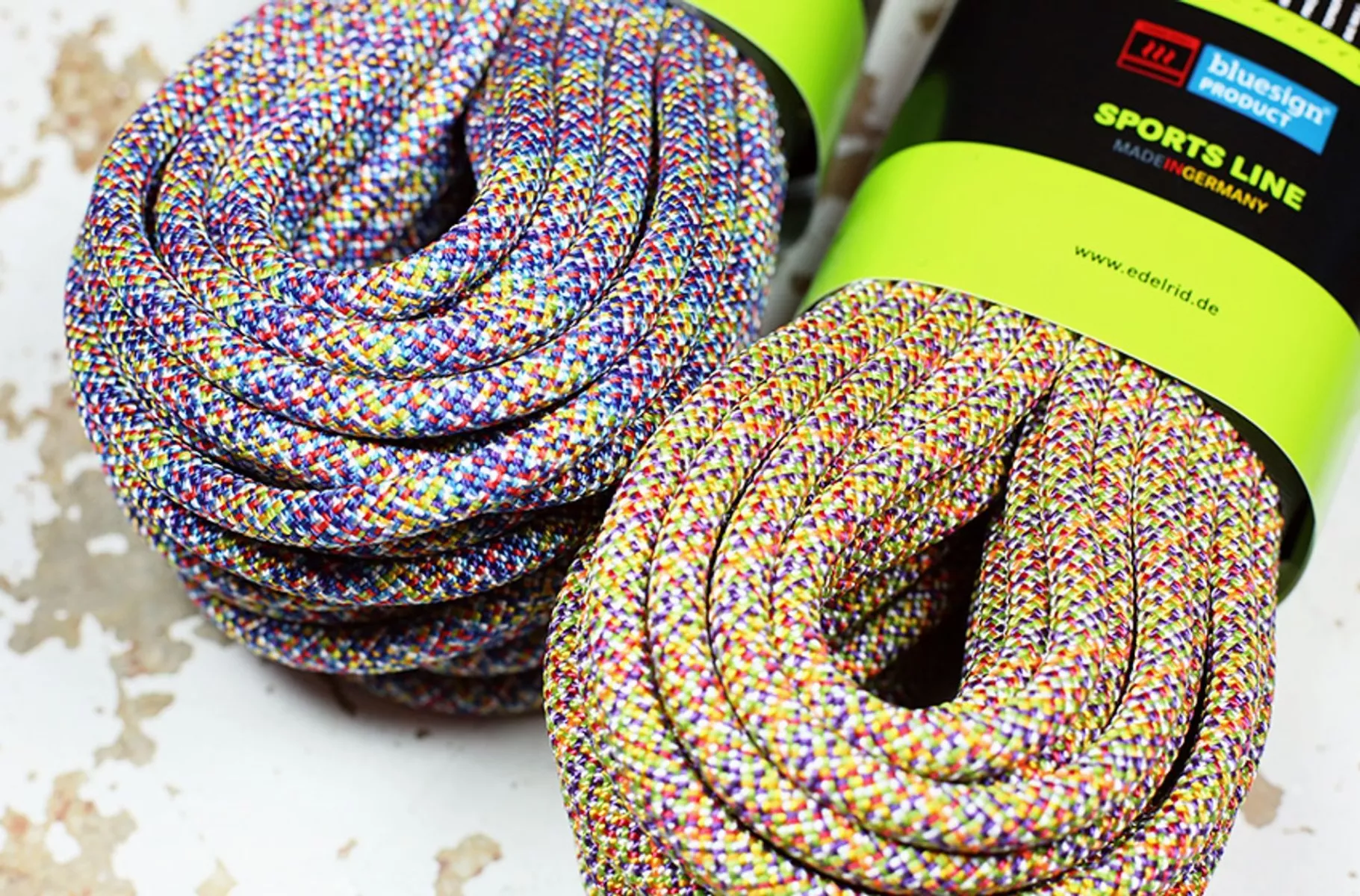
Sustainable Climbing Shoes that Hang on to Performance
Traversing through sustainable footwear alternatives, we find only one product that really impresses us; La Sportiva’s Mythos ECO. These high-performance climbing shoes are inspired by the Mythos model of the 90’s and manufactured from 95% recycled materials. The waste rubber used is derived from the manufacturers own factories and offers performance equal to that of virgin material. What’s more, the leather and glues are natural and biodegradable, while the design remains robust, ergonomic and adjustable. This high quality shoe combines functionality and an eco-conscious design for those long climbing days, when we are directly connected to nature.
Where to Find Eco Climbing Chalks, Pads and Technical Clothing
When looking at textile based climbing items, we see a distinctly different picture to the footwear market. There are many sustainable options for climbing-chalks, pads and technical clothing. SNAP is designed for all urban dwellers on the move, climbers or not, respectful of the environment, looking for ethical values and a balanced life between the city and nature. With clothing for everyday life, climbing apparel, backpacks, magnesium bags and crash pads, SNAP is the bridge between style, ecology and technicality.
Sierra is created by climbers for climbers with a focus on minimalist consumption and attention to detail. The brand envisions a world of minimalism and consciousness, where what you own is meaningful and ethically sourced. Choose Sierra for your climbing gear, such as pants, chalk bags, T-shirts, and sweatshirts, and feel confident in the origin of your clothing while being proud of what you wear.
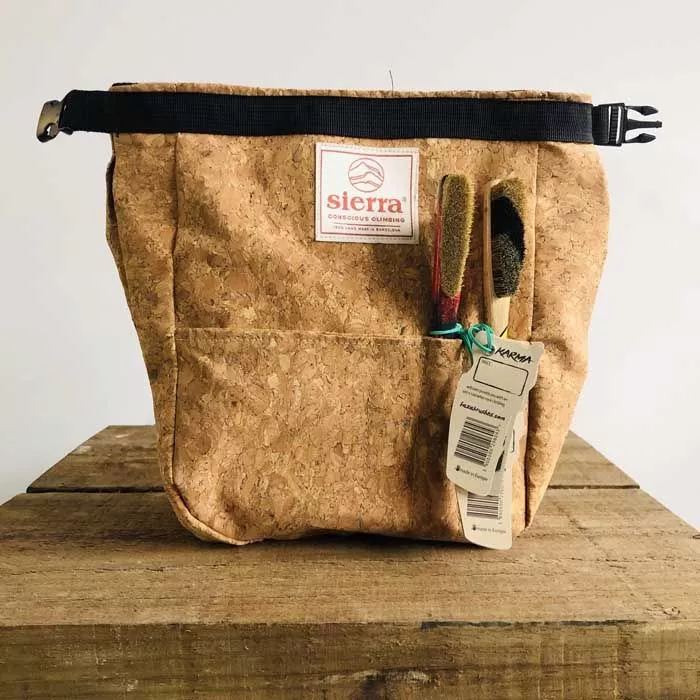
If you are planning a climbing trip and need the right equipment to see you through the night, check out our post on the Latest Sustainable Camping Gear
Our Vision for Climbing and the Environment
While we have mentioned a few pieces of ecological climbing equipment, sustainable climbing, unlike other adventure sports like surfing or snowboarding, is a relatively new concept. Thus, most climbing products are not designed from an environmentally consciousness perspective. Combine this with the difficulty of substituting some materials, such as metals, with equally robust yet sustainable materials, and the result is an overall limited selection of sustainable gear.
In sustainability terms, it’s clear there is still a mountain to climb before climbing sits on an even keel with other sports. At the Fair Cottage, we like the idea of tackling problems that threaten nature through the reinvention of things. And where better to seek inspiration than nature itself? We believe that by working in harmony with nature, protecting and conserving it, new materials and innovative solutions will naturally reveal themselves.
Once we are on the right path, extracting resources responsibility and recycling products that have fulfilled their lifecycle, reusing and repairing where we can, that path can branch off to an infinite number of opportunities, all leading in the right direction. In the meantime we will keep our radar scanning for new, change-catalysing ideas and alert our readers when we find something that challenges the status quo.
If you would like to join our conscious network and contribute towards change, please sign up to our mailing list.
